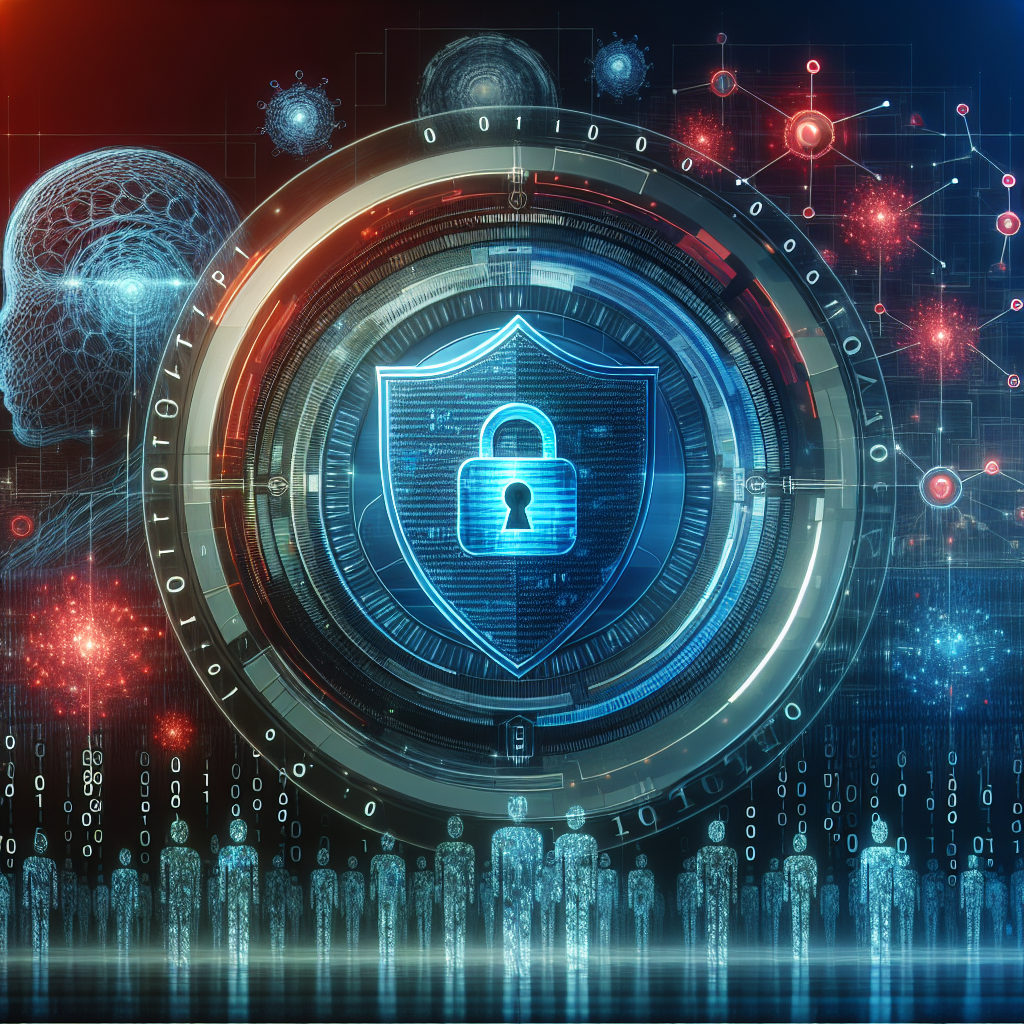
Gmail Security Breach: AI Hack Threatens 2.5 Billion Users
In today’s digital age, email security is more crucial than ever. Gmail, with its vast user base of 2.5 billion people, recently issued a security alert that has left many users anxious. This alert detailed how an alarming exploit enabled hackers to harness AI for sophisticated phishing attacks, significantly raising the stakes for Gmail’s cybersecurity measures.
Understanding the Threat: The Rise of AI-Powered Phishing
Phishing, a deceptive technique used by cybercriminals to trick users into revealing sensitive information, has undergone a transformation with the advent of artificial intelligence. Once a simple trick relying on human error, phishing is now becoming increasingly complex as hackers leverage AI to improve the effectiveness of their attacks.
How AI is Changing the Phishing Landscape
The integration of AI into phishing attacks has made them more personalized and convincing:
- AI algorithms can analyze vast quantities of data to craft emails that appear genuine and well-targeted.
- These emails often mimic the style, tone, and formatting of genuine communications from trusted entities.
- Hackers can deploy machine learning to study user behavior and preferences, further customizing their fraudulent messages.
Given these advancements, even the most tech-savvy individuals can find themselves deceived by these meticulously engineered emails.
Gmail’s Response to the Security Breach
Recognizing the imminent threat posed by AI-driven phishing campaigns, Gmail has set in motion a series of updates and strategies to fortify its security architecture. Here’s how Gmail plans to confront this digital menace:
Enhanced AI Detection Protocols
Gmail is employing its own AI technologies to combat AI threats with the aim of staying one step ahead of cybercriminals:
- A newly developed algorithm focuses on pattern recognition to swiftly identify potentially harmful emails.
- Advanced machine learning models actively monitor and learn from emerging phishing methodologies to bolster their detection abilities.
Strengthened User Authentication
To mitigate the risks posed by enterprise-level phishing attacks:
- Gmail is enhancing two-factor authentication processes, giving users a more robust layer of protection.
- The platform is also exploring biometric authentication as a potential future security measure.
These efforts are intended to make it increasingly difficult for unauthorized users to access sensitive accounts.
What Users Can Do to Protect Themselves
While Gmail’s proactive measures are a step in the right direction, there are crucial actions users can take to safeguard themselves against AI-enhanced phishing tactics. Here is what you can do:
Stay Informed and Vigilant
Knowledge is power when it comes to cybersecurity:
- Regularly update yourself on the latest phishing trends and tactics. Numerous online resources, including cybersecurity blogs and forums, offer frequent updates.
- Exercise caution with emails from unfamiliar senders, especially those urging rapid action or requesting sensitive information.
Implement Best Practices for Email Security
Adhering to established best practices can greatly diminish the risk of falling victim to phishing scams:
- Never click on suspicious links or download attachments from unknown sources.
- Verify the sender’s email address to ensure it is legitimate—carefully check for subtle discrepancies that indicate forgery.
- Regularly change your Gmail passwords and consider using a strong passphrase instead of a single word.
The Future of Gmail Security
As Gmail continues to navigate the nuanced challenges presented by AI-driven phishing, the company is investing in innovative solutions to ensure its platform remains secure. Collaborations with cybersecurity experts and feedback from its user base remain pivotal.
By anticipating future threats and harnessing revolutionary technologies, Gmail hopes to redefine the standards of email security, ensuring that the trust users have placed in the platform remains well-founded.
Conclusion: Adapt or Risk Falling Behind
The confirmation of a sophisticated AI hack presents clear challenges but also opportunities for everyone — from email providers to everyday users. With deliberate action and continued vigilance, it is possible to outmaneuver cybercriminals and make the digital world a more secure place.
We urge all users to take active steps in protecting their online presence. Remember, the responsibility for email security is shared, and staying informed is your first line of defense.




